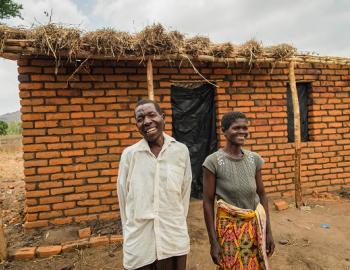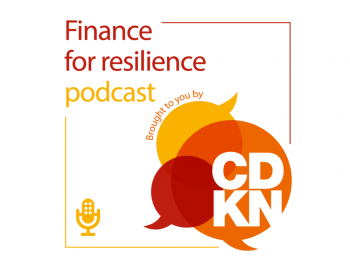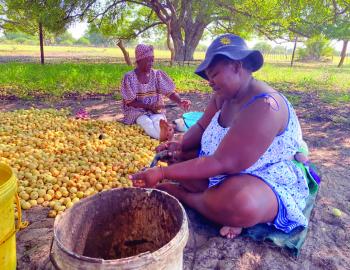Inside Story: Empowering women as climate-smart agriculture leaders proves key to resilience
Inside Story: Empowering women as climate-smart agriculture leaders proves key to resilience
A cluster of about 90 villages called Campierganj, in northern India’s Uttar Pradesh state, floods every year. Villagers plan their farming activities around the floods. However, farmers have experienced considerable changes in the climate in recent years. Summers are longer, winters are sometimes harsher, and the rains are more unpredictable.
Now the area has become prone to flash floods, as large amounts of rain fall within a short space of time. These sudden events cause more damage than previous rainfall patterns did.
An 'Inside Story on climate compatible development' from CDKN documents how Gorakhpur Environmental Action Group (GEAG) has been offering climate-smart agriculture training in Campierganj to help local people address climate change and its impact on agriculture. The 'Inside Story' documents how gender-responsive approaches to planning and implementing are at the heart of the project's success.
Women – who make up more than 40% of the agricultural workforce in the area – have often proven to be the most open to adopting new ideas.
Training women in climate-smart farming techniques is shown to:
● develop women farmers’ skills effectively
● make the agriculture sector more climate-resilient, with more reliable yields
● improve income for women
● develop women’s personal confidence and improve women’s standing in the community – including instances of more female involvement in community decision-making and fewer early marriages among girls.
Instrumental to the success of the climate-smart agriculture initiatives in improving both climate resilience and gender equality are GEAG’s strategies, as follows:
● to reach out and involve local women’s groups in agricultural trainings, so that women attain collective bargaining power and influence
● to support women to adopt leadership roles in community-based agricultural institutions
● to involve both women and men as beneficiaries in agricultural training so that there is transparency and co-ownership between the sexes regarding both contributions to and benefits from the programme.



